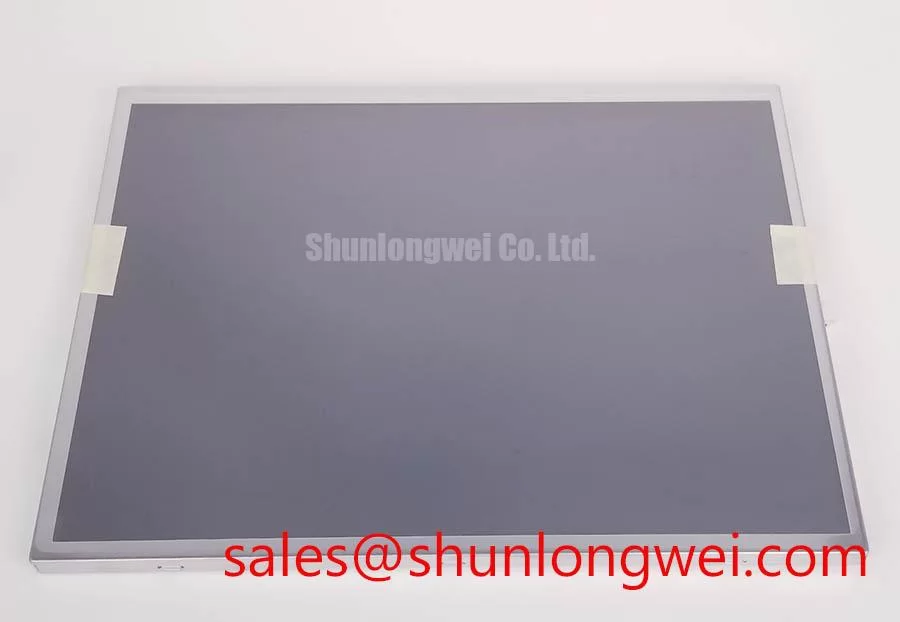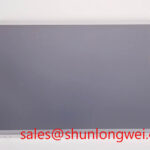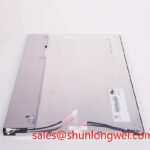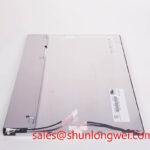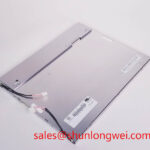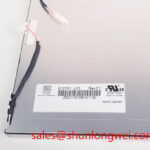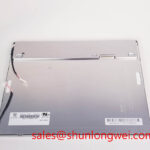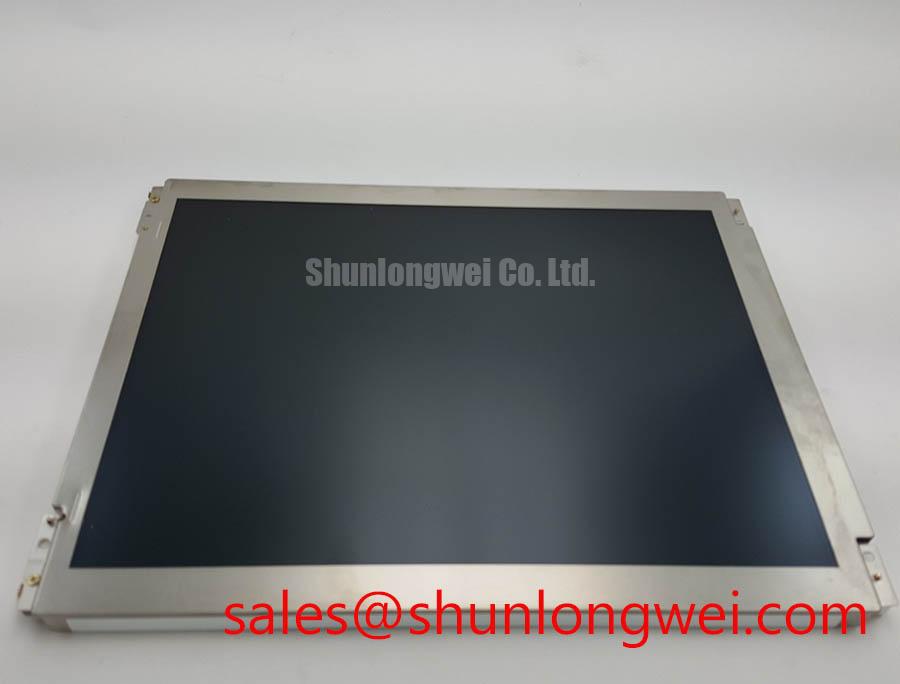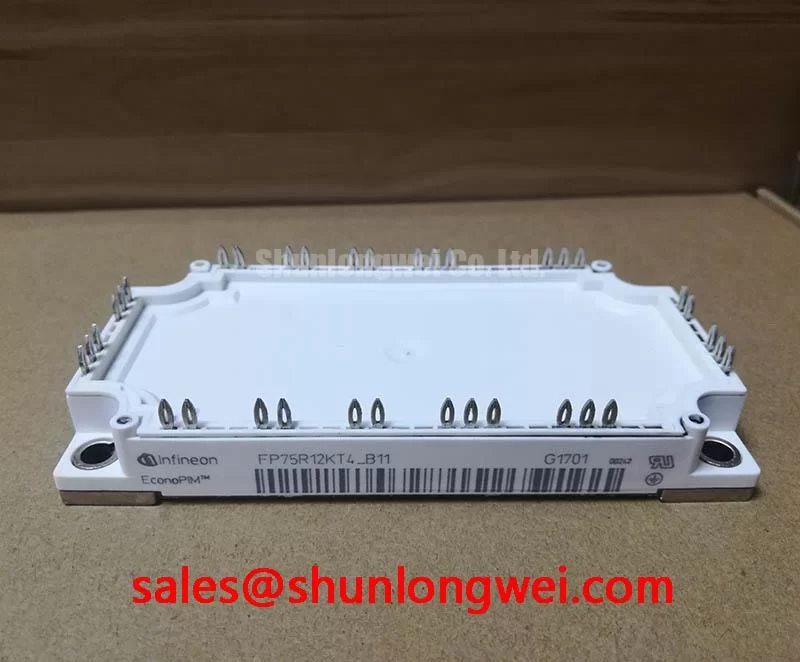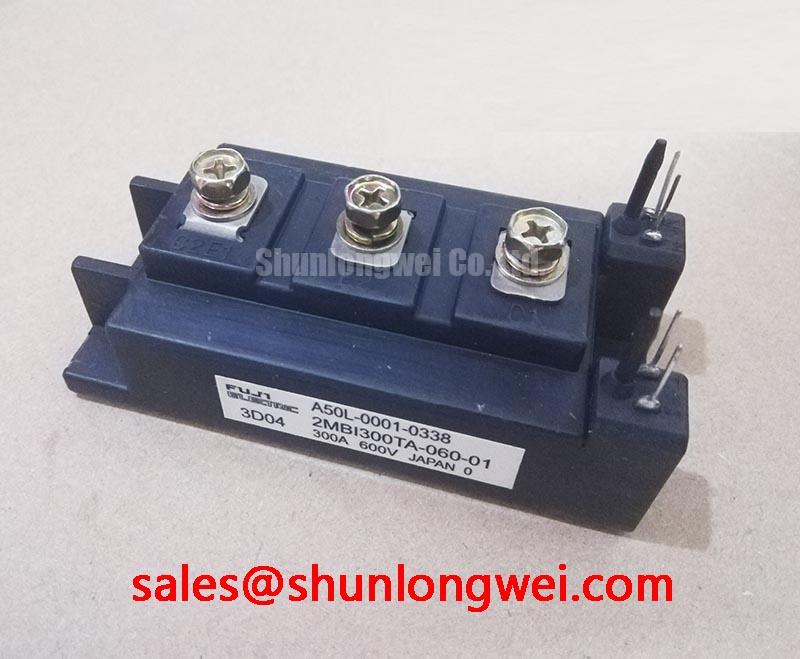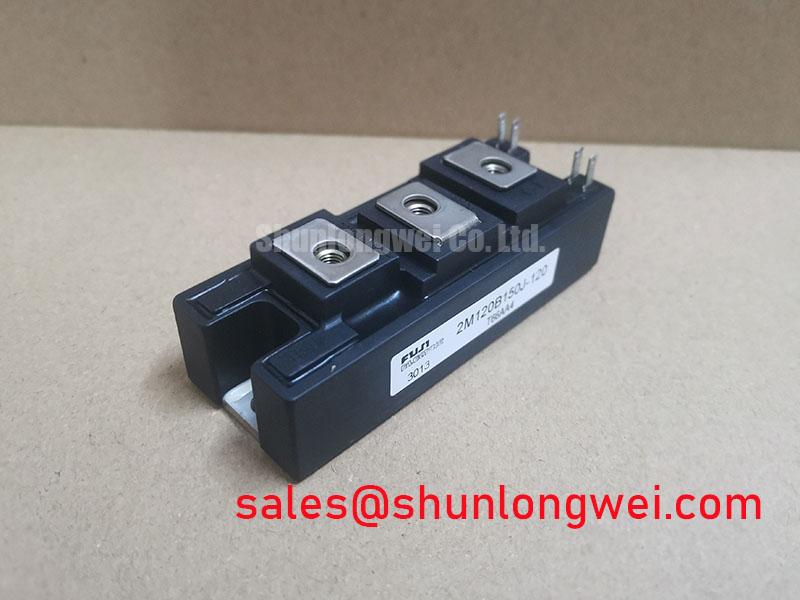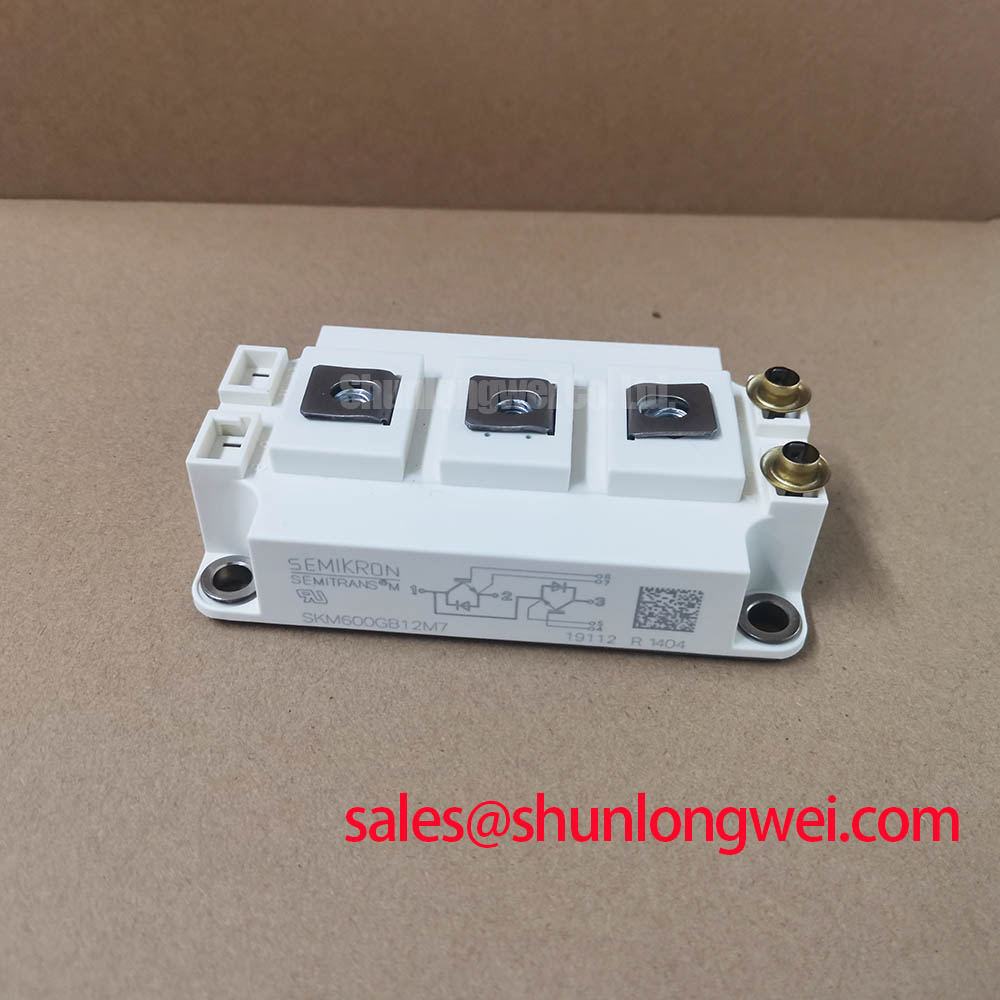G121S1-L01: Engineering-Grade 12.1" SVGA Display for Mission-Critical Applications
Introduction and Key Highlights
The G121S1-L01 is an industrial-grade 12.1-inch SVGA TFT-LCD, engineered for exceptional long-term operational reliability in thermally and mechanically demanding environments. It delivers a precise balance of performance and durability, featuring key specifications of 800x600 SVGA | 450 cd/m² Brightness | -30°C to 80°C Operating Temperature | 70,000 Hour Backlight MTBF. This display provides two critical engineering benefits: sustained performance across extreme temperatures and a significantly reduced total cost of ownership through its long-life LED backlight system. For industrial HMI or medical diagnostic systems requiring steadfast performance in fluctuating ambient conditions, the G121S1-L01 provides a robust and reliable visualization foundation. With its exceptionally wide operating temperature range, this display is the optimal choice for systems deployed in uncontrolled environments where consistent readability is non-negotiable.
Key Parameter Overview
Decoding the Specifications for Operational Longevity
The technical specifications of the G121S1-L01 are tailored for industrial integration, prioritizing durability and visual clarity. Below is a breakdown of its most critical parameters, highlighting the features that enable its robust performance in the field.
| Parameter | Specification | Engineering Value |
|---|---|---|
| Screen Size | 12.1 inch diagonal | Provides a significant active area for detailed GUIs in a standard industrial form factor. |
| Resolution | 800 (RGB) × 600 [SVGA] | Delivers clear, sharp imagery suitable for industrial controls, instrumentation, and diagnostic readouts. |
| Technology | a-Si TFT-LCD, Normally White | A mature and reliable TFT-LCD technology known for its stability and cost-effectiveness. |
| Luminance | 450 cd/m² (Typ.) | Ensures bright, readable content in typical indoor industrial and medical environments. This is significantly brighter than a standard consumer desktop monitor. |
| Contrast Ratio | 700:1 (Typ.) | Provides distinct separation between blacks and whites, enhancing text legibility and image detail. |
| Viewing Angle | 80°/80°/65°/75° (L/R/U/D) | Offers wide, consistent viewing angles, critical for applications where operators may not be directly in front of the screen. |
| Operating Temperature | -30°C to 80°C | A key differentiator, enabling deployment in harsh conditions from cold storage to sun-exposed enclosures without auxiliary heating or cooling. |
| Storage Temperature | -30°C to 80°C | Guarantees component integrity during shipping and storage in non-climate-controlled facilities. |
| Interface | LVDS (1 ch, 6-bit) | A standard LVDS Interface simplifies system integration and provides robust, low-EMI data transmission. |
| Backlight System | WLED, 70,000 hours (Typ.) | Dramatically reduces maintenance requirements and lowers total cost of ownership compared to older CCFL technologies. |
| Surface Treatment | Anti-glare, Hard coating (3H) | Minimizes reflections from overhead lighting and enhances durability against scratches and minor impacts. |
For a complete list of electrical characteristics, optical performance, and mechanical drawings, please Download the G121S1-L01 datasheet for detailed specifications and performance curves.
Application Scenarios & Value
System-Level Benefits in Industrial and Medical HMIs
The G121S1-L01 is engineered to address the specific challenges faced by designers of rugged electronic systems. Its value extends beyond its core specifications, delivering tangible benefits in demanding operational contexts.
High-Fidelity Engineering Scenario: HMI for Food & Beverage Processing
An engineer designing a Human-Machine Interface (HMI) for a bottling plant control panel faces a dual challenge: the environment is subject to frequent temperature swings from sterilization processes, and operators must be able to read the screen quickly from various angles under harsh factory lighting. The G121S1-L01's -30°C to 80°C operating range directly addresses the thermal instability, ensuring the liquid crystal performs reliably without freezing or blacking out. Simultaneously, its 450-nit brightness and anti-glare surface coating cut through ambient reflections, preventing mis-readings and improving operator efficiency. This inherent ruggedness simplifies the design of the sealed NEMA enclosure, as less internal climate control is required.
- Industrial Automation: Ideal for controllers, process monitoring stations, and machine vision systems where uptime and readability are paramount.
- Medical Devices: Well-suited for patient monitoring systems, diagnostic equipment, and medical carts that demand high reliability and clear, stable image quality.
- Transportation & Marine: The wide temperature range and robust build make it a strong candidate for in-vehicle displays, marine chart plotters, and public transit information systems.
- Point of Sale (POS) & Kiosks: Delivers the long-term reliability needed for high-transaction environments, including outdoor or semi-outdoor applications.
While the G121S1-L01 offers a balanced 12.1-inch SVGA solution, for systems requiring a more compact footprint with similar industrial specifications, the G104S1-L01 presents a 10.4-inch alternative.
Frequently Asked Questions
Engineering Questions on Integration and Durability
What is the primary benefit of the G121S1-L01's 70,000-hour backlight lifetime?
This extended lifetime, which translates to nearly 8 years of continuous 24/7 operation, directly minimizes the total cost of ownership (TCO). It virtually eliminates the need for backlight replacement during the typical service life of an industrial machine, reducing maintenance costs and maximizing system uptime.
How does the -30°C to 80°C operating temperature range impact system design?
It allows engineers to confidently deploy systems in environments without active heating or cooling. This simplifies the mechanical and thermal design, reduces power consumption, lowers the bill of materials (BOM), and eliminates potential points of failure associated with fans or heaters.
Is the LVDS interface on this model compatible with standard single-board computers (SBCs)?
Yes, the 1-channel, 6-bit LVDS interface is a widely adopted standard in the embedded systems industry. It ensures straightforward compatibility with a vast range of industrial motherboards and SBCs, which often feature native LVDS outputs, simplifying the driver and cabling design process.
What does the anti-glare (AG) surface treatment mean for a real-world application?
The AG coating diffuses incident light, much like a matte-finish photograph versus a glossy one. This significantly reduces specular reflections from sources like overhead lights or windows, which can otherwise wash out the screen or create distracting glare. The result is improved readability, reduced eye strain for operators, and fewer data interpretation errors.
Strategic Outlook
Investing in an industrial-grade display like the G121S1-L01 is a strategic decision that prioritizes long-term system reliability over initial component cost. As industries move towards greater automation and require dependable user interfaces in ever more challenging environments, the built-in durability demonstrated by this display's wide thermal range and extended backlight life becomes a critical enabler of system-level performance and dependability. Selecting components engineered for longevity ensures that the final product meets the rigorous demands of its intended application, protecting brand reputation and ensuring operational continuity for the end-user.

